Proj 5: Lightfields
Jesse Gao, cs194-26-afi
Project Overview
This project explored the ways in which we can combine images from a light field in order to simulate various effects usually not possible for normal cameras without special equipment. The images were taken from the Stanford Light Field Archive, which contained sets of images that were taken using a series of cameras arranged in a grid.
Depth Refocusing
The images in a light field varies depending on where the camera that took the image is. Because distant objects don’t appear to move much in the photos, averaging the light field images would produce an image with clear distant objects but blurry up close ones. By shifting the images towards the center image (image taken by the center camera in the grid), we can obtain an average that shows closer objects clearer.
A single shift factor was used to determine the supposed focal length of the produced image. The higher the shift factor, the shorter the focal length, as can be seem below.
Results

Individual images
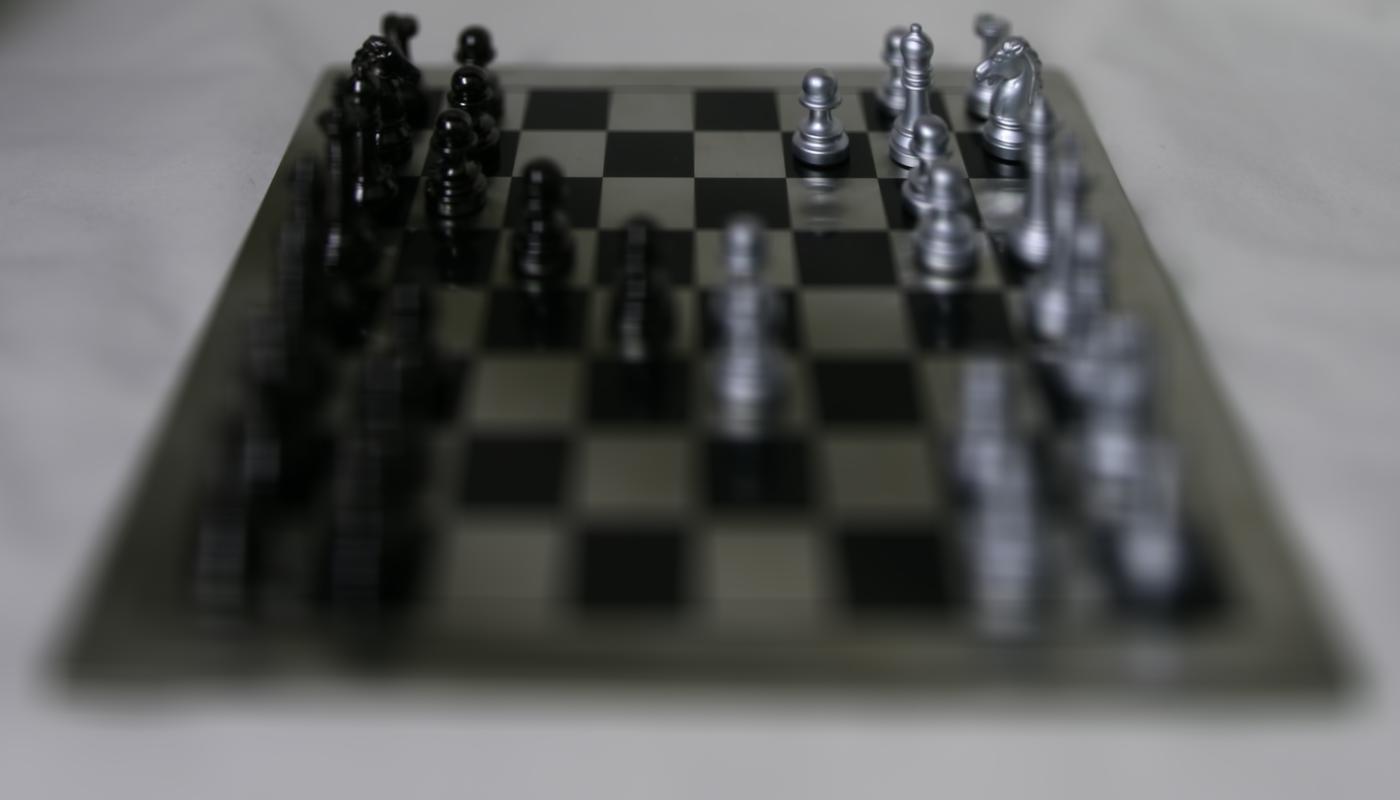
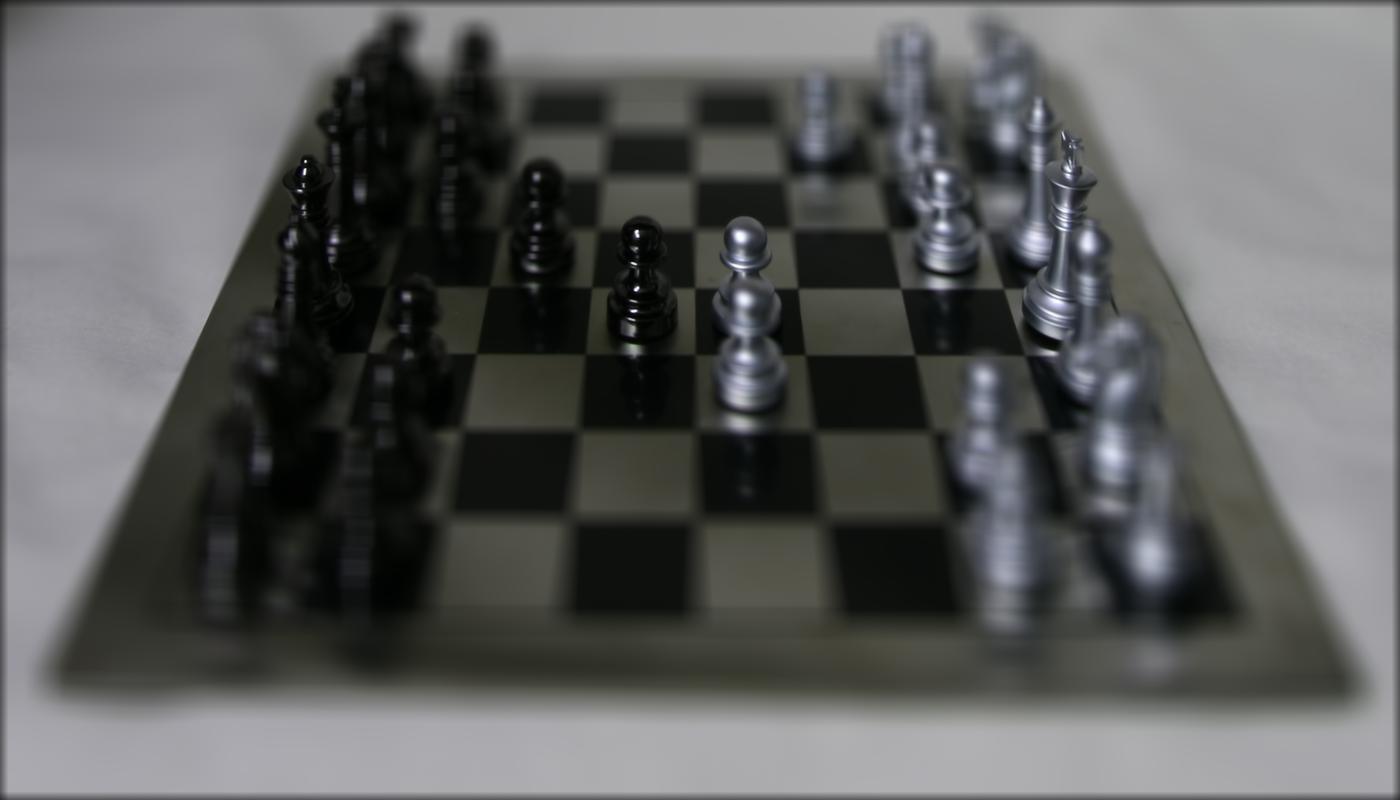

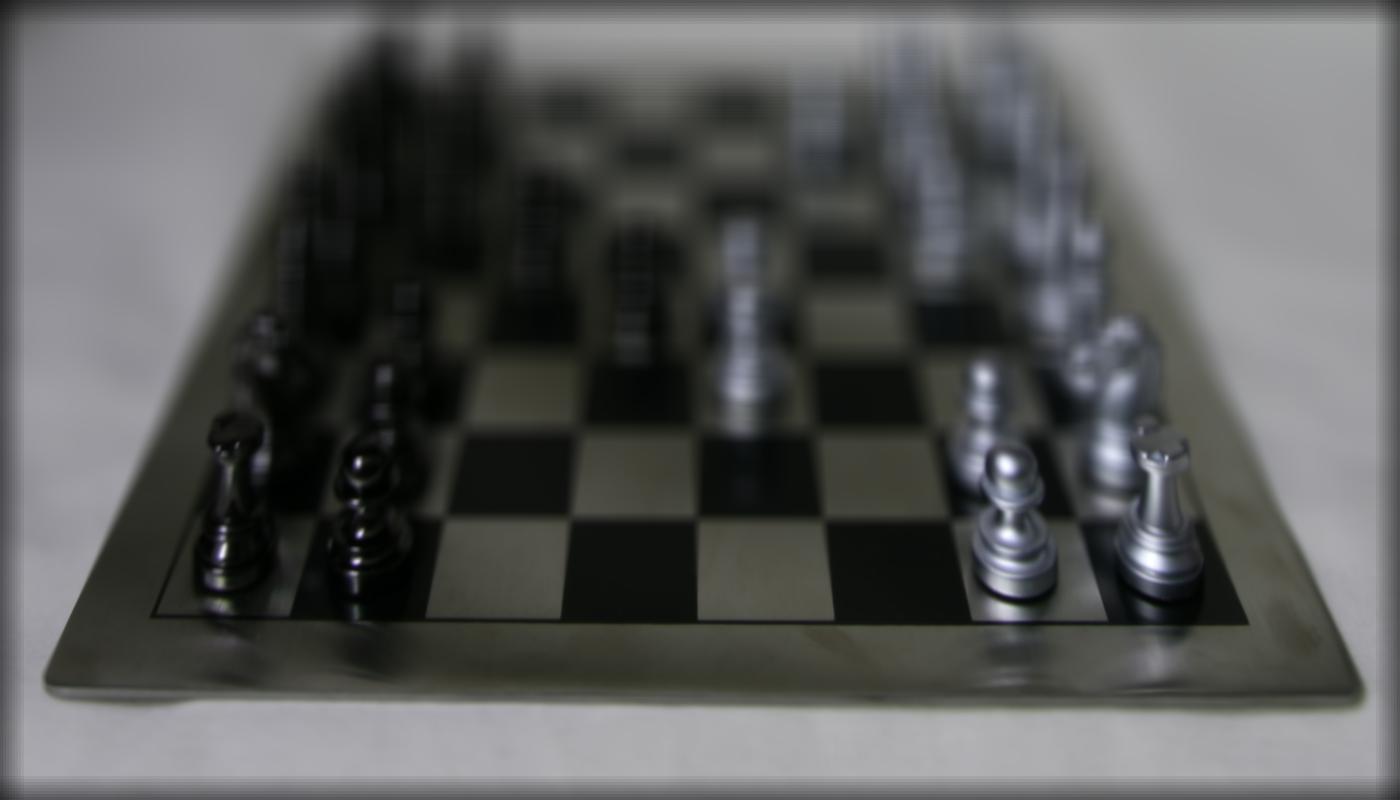
Aperture Adjustment
By only averaging the shifted images that fall within a certain distance from the center, we can create a “focused” area where things are clear and the surroundings are blurry. The higher the distance, the blurrier the edges, since we are including images that differ more from the center image.
Results
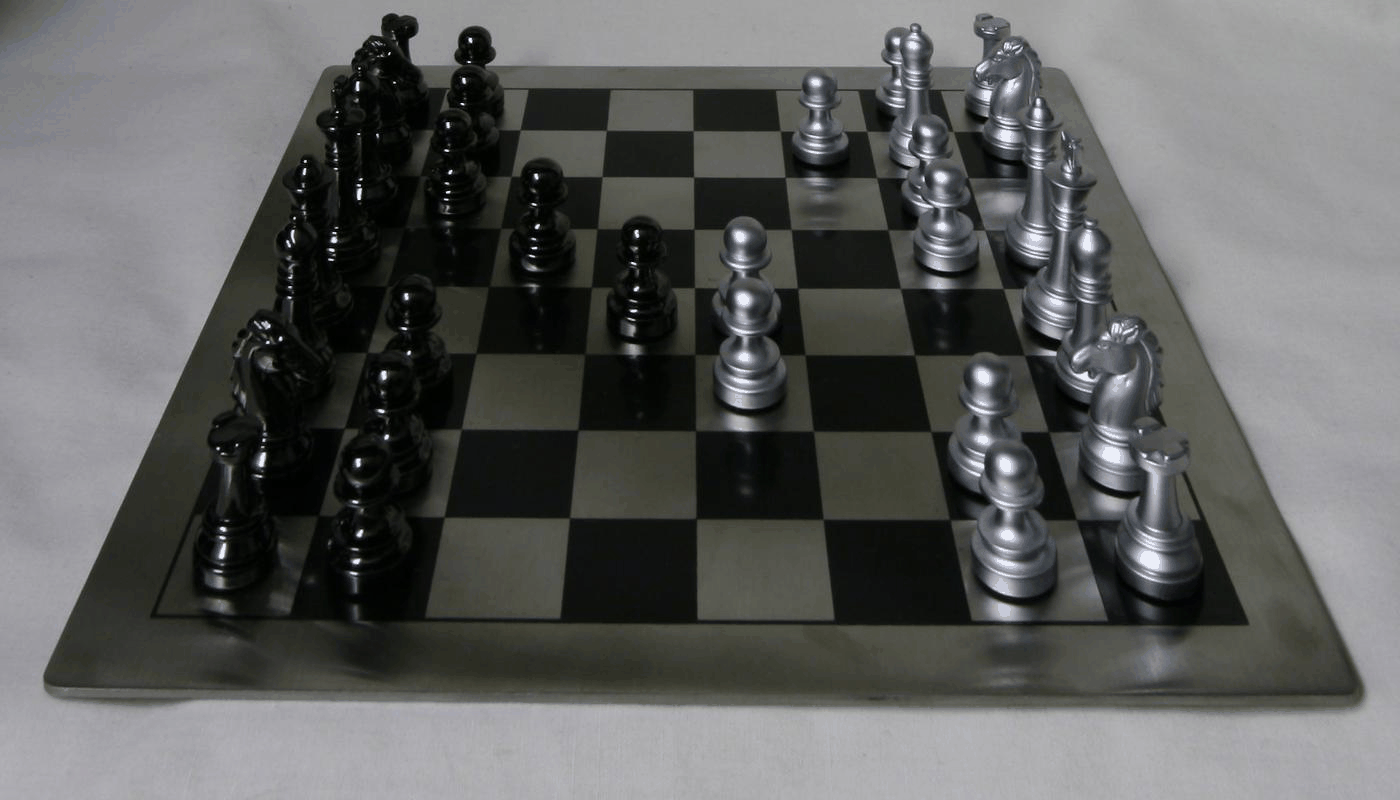
Individual images
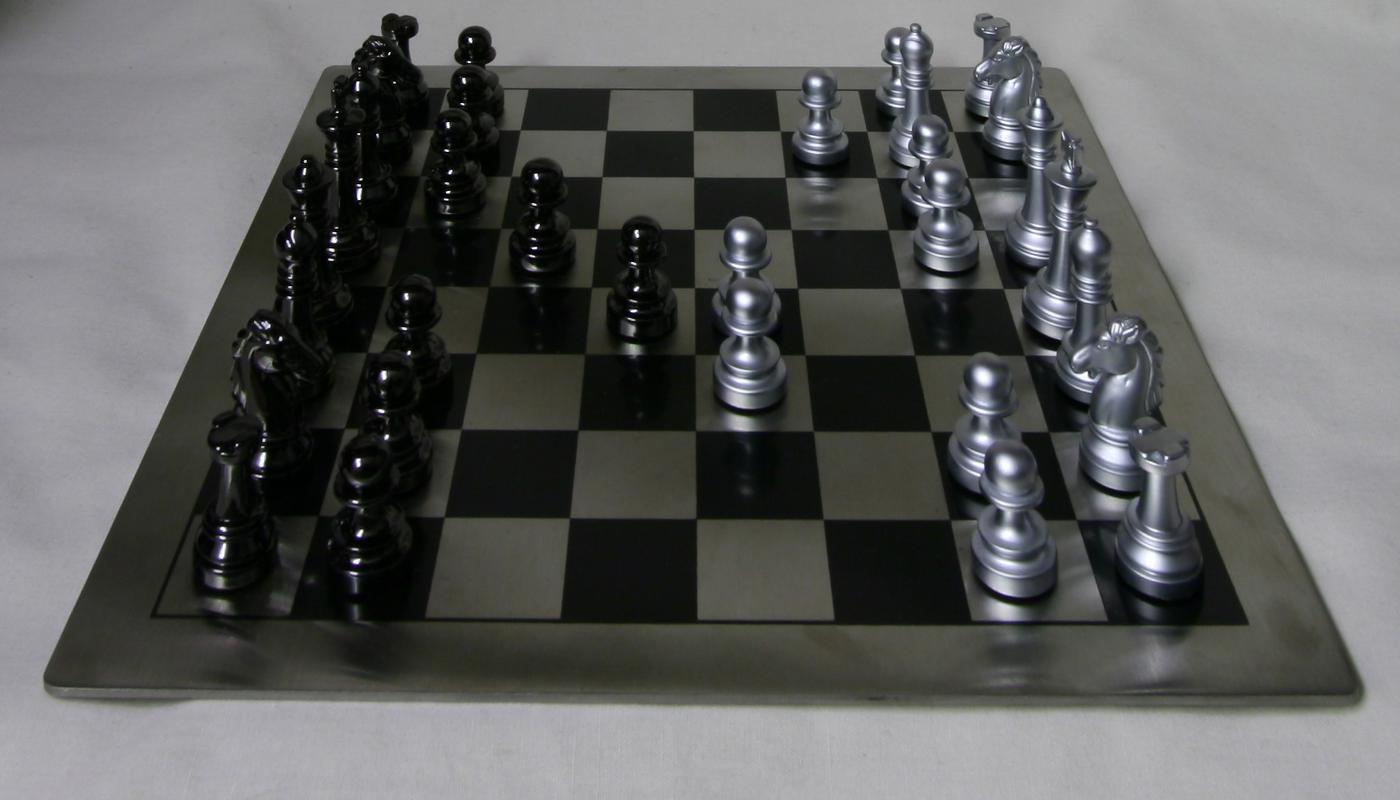
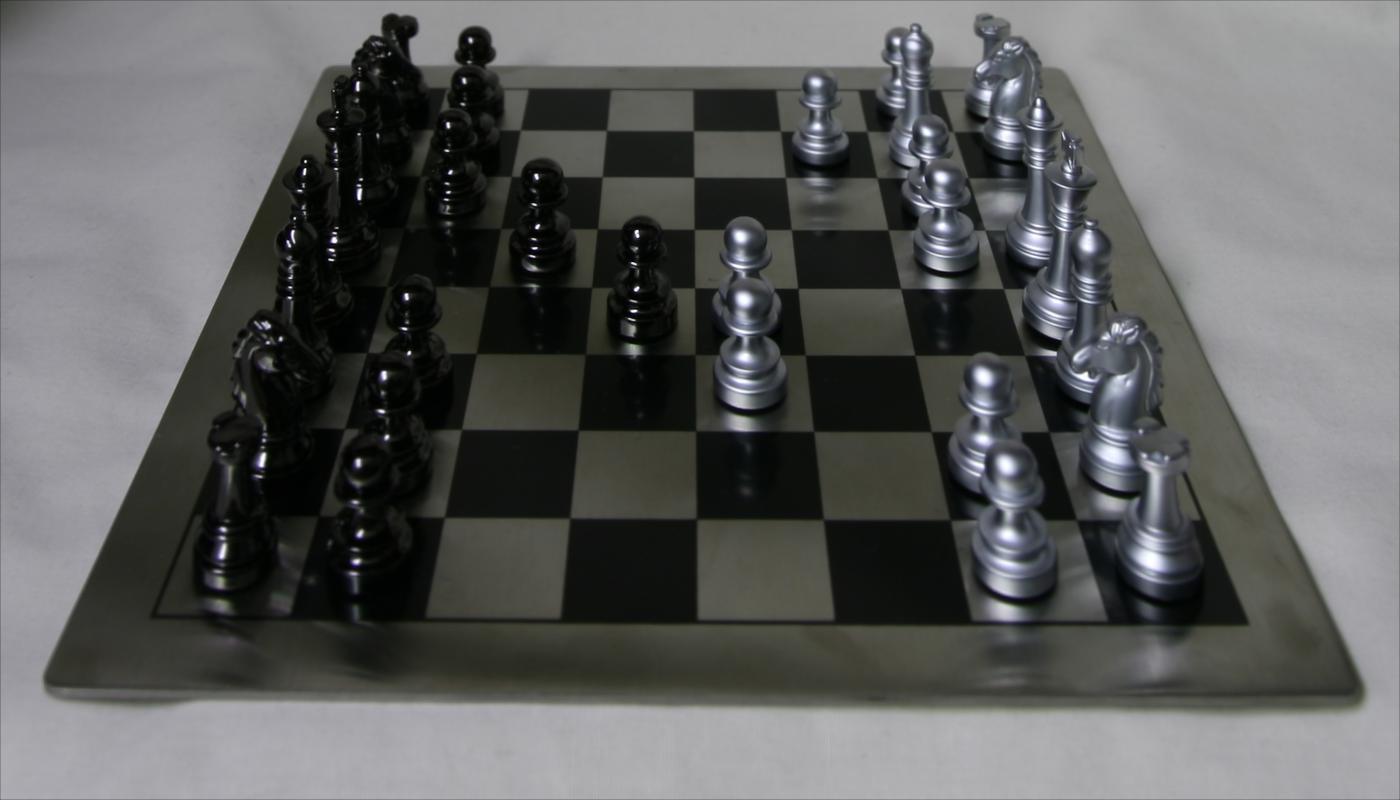
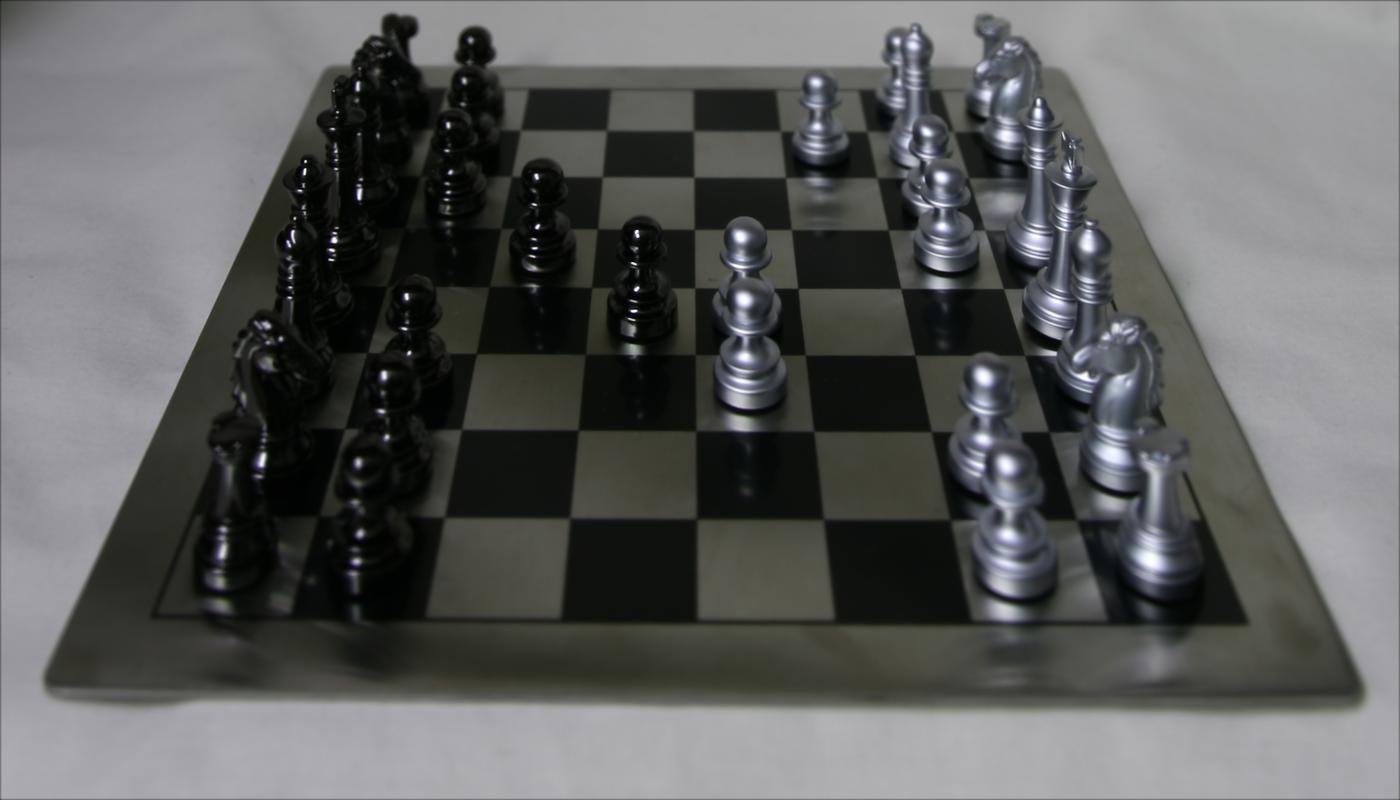
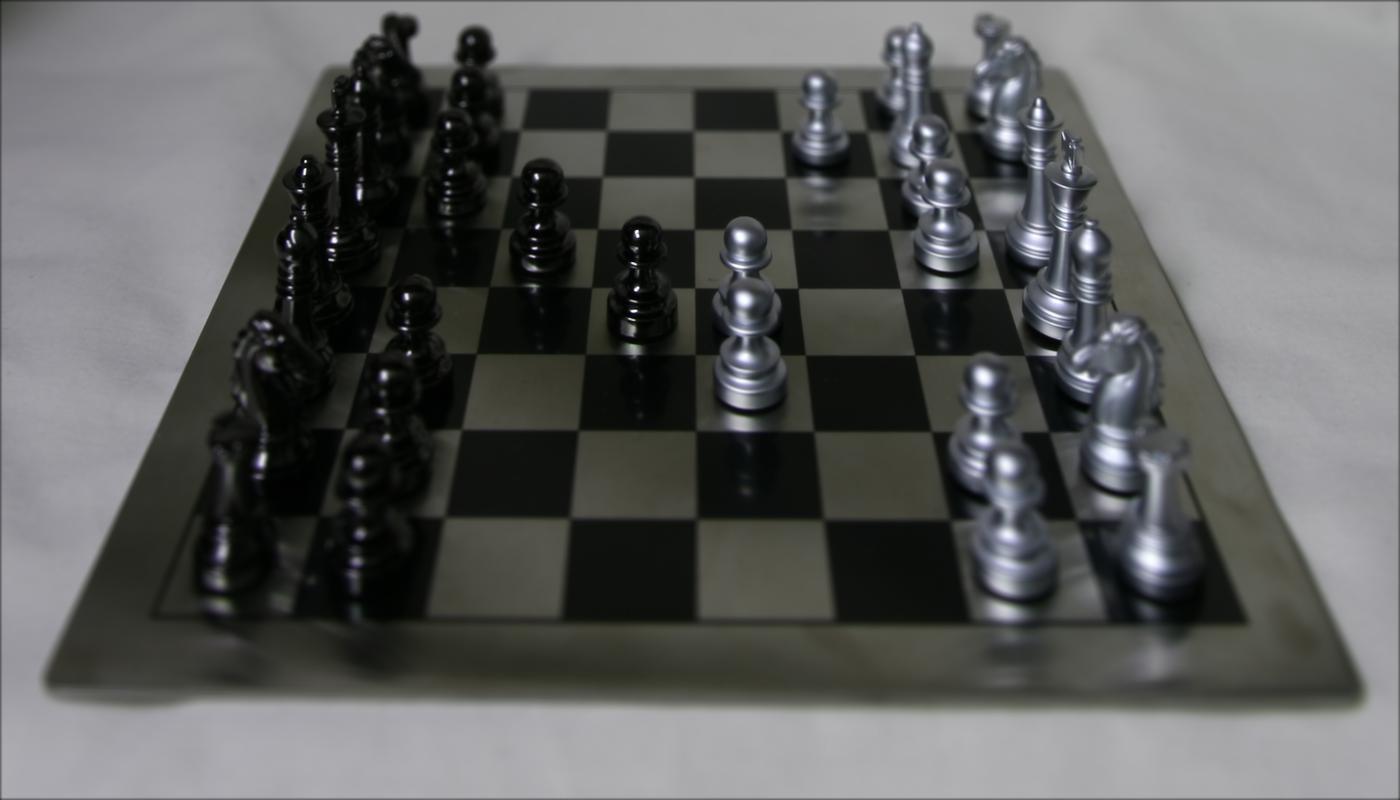
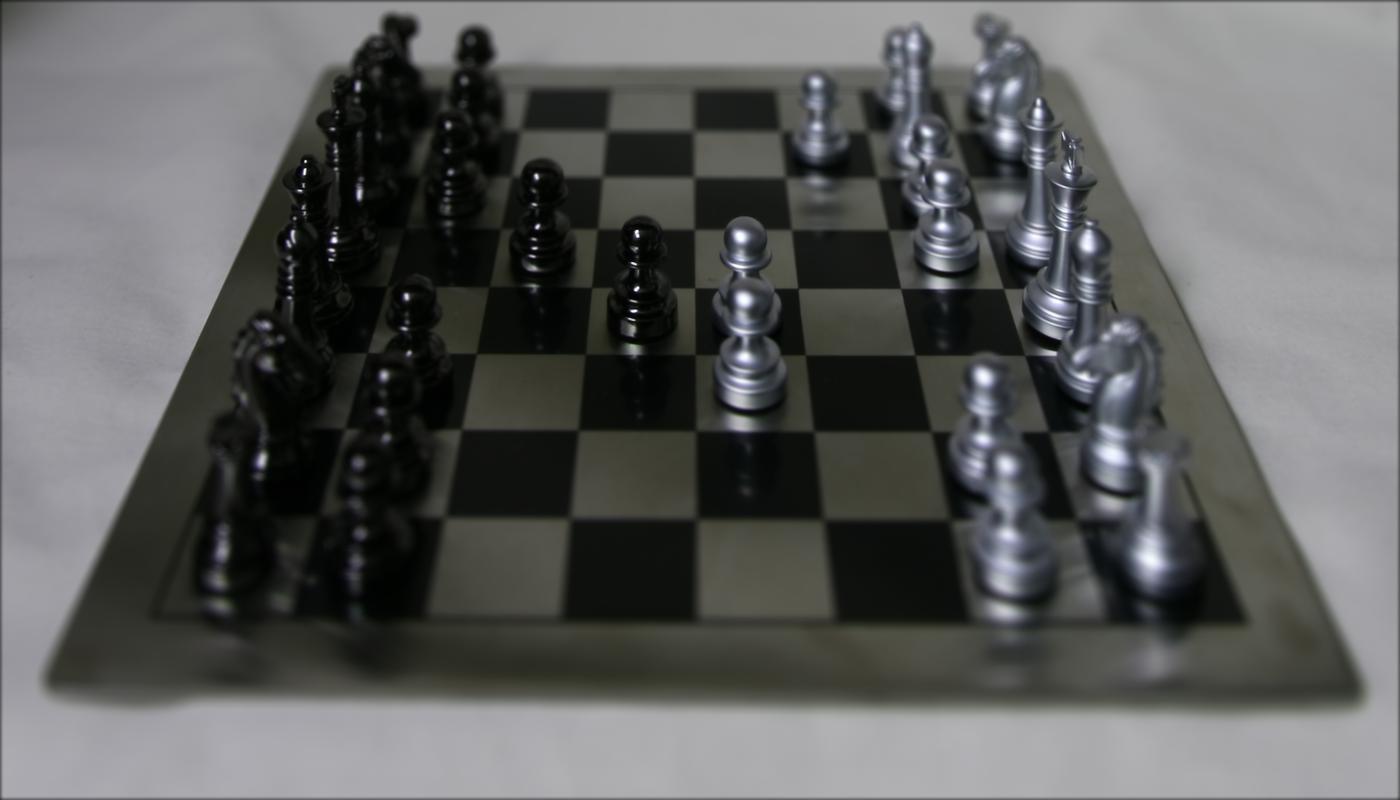
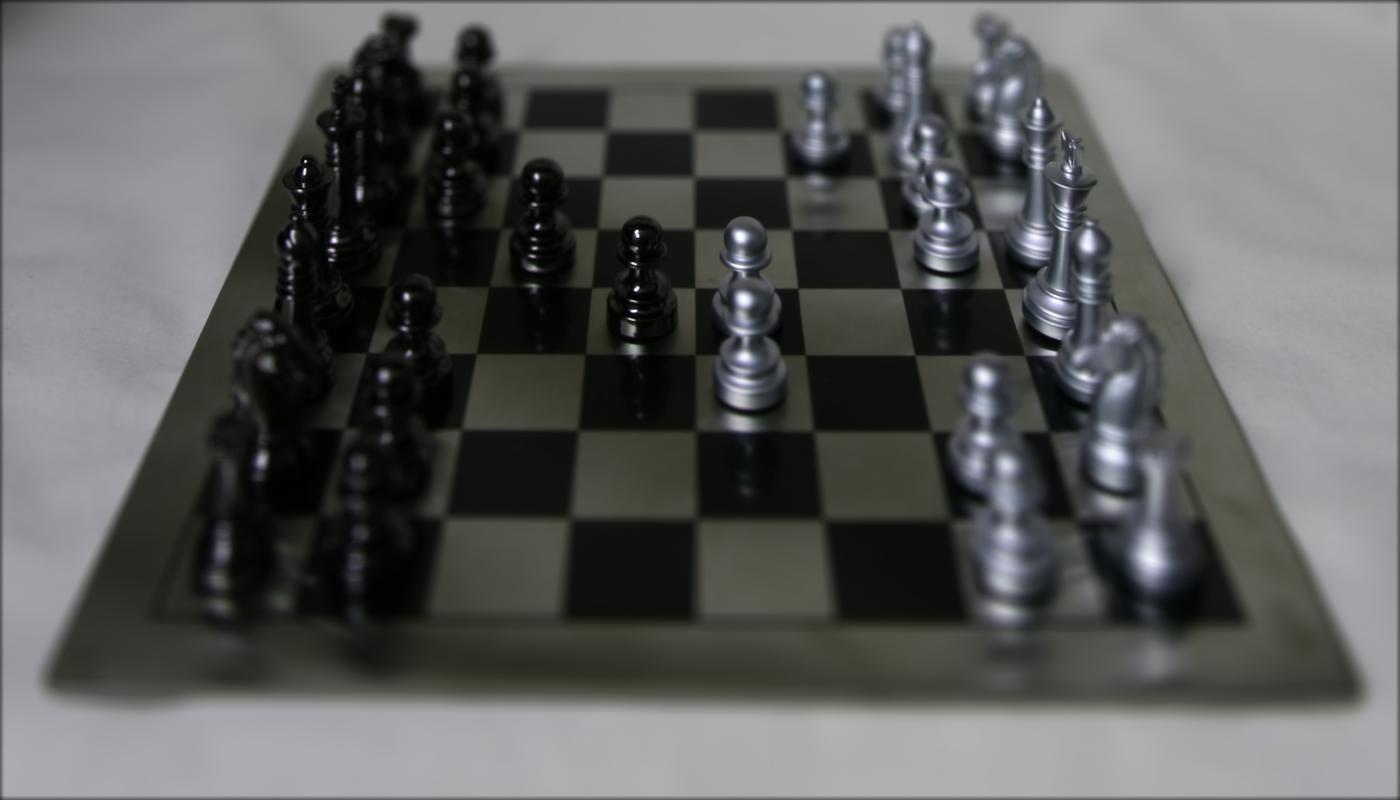
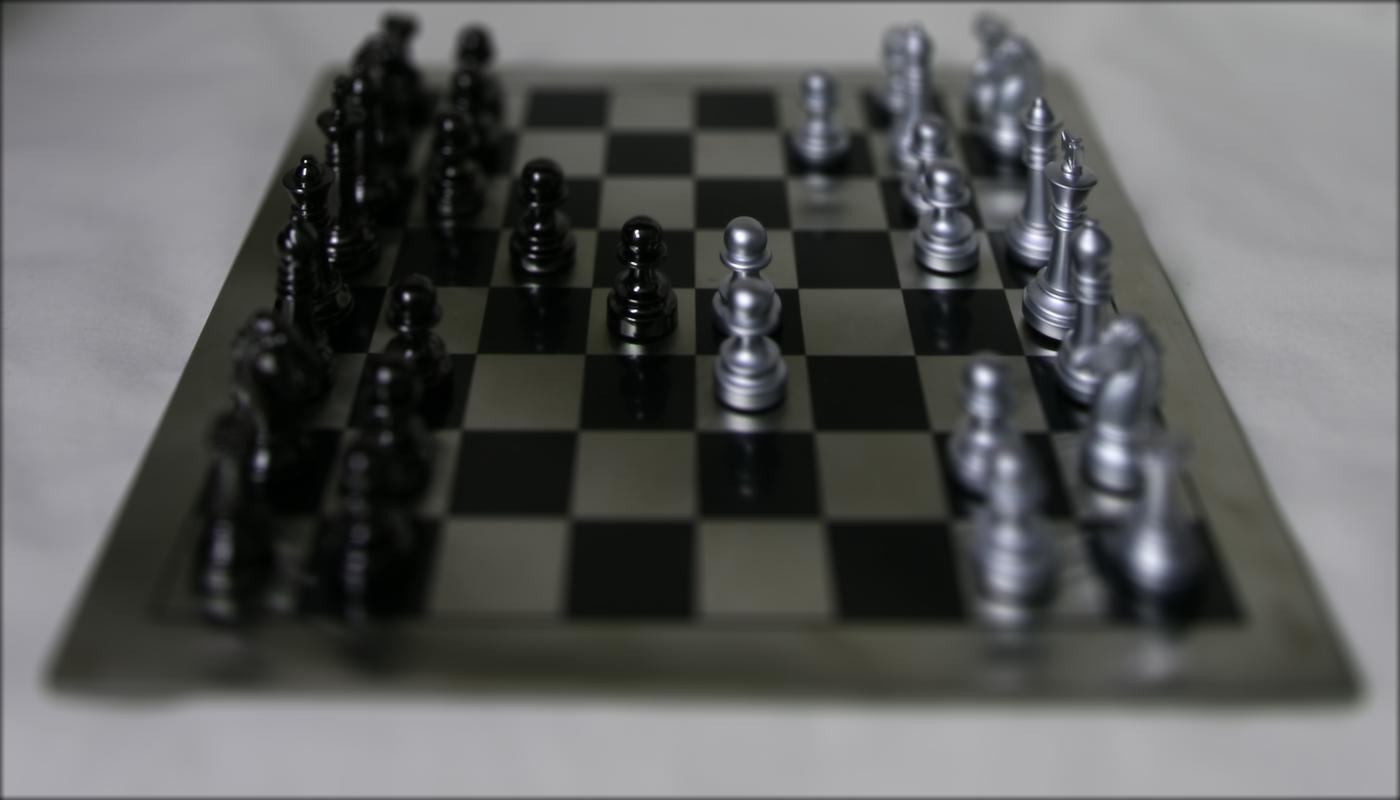
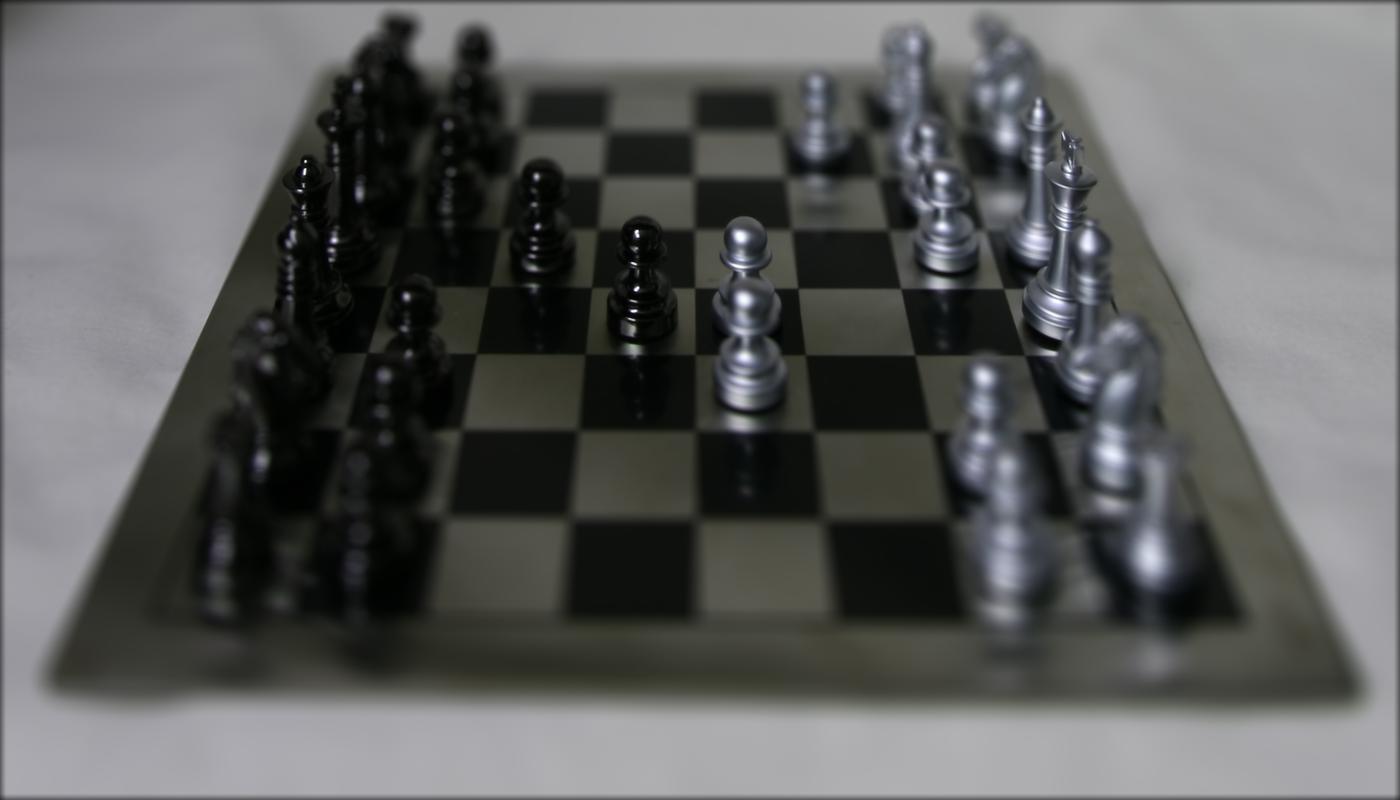
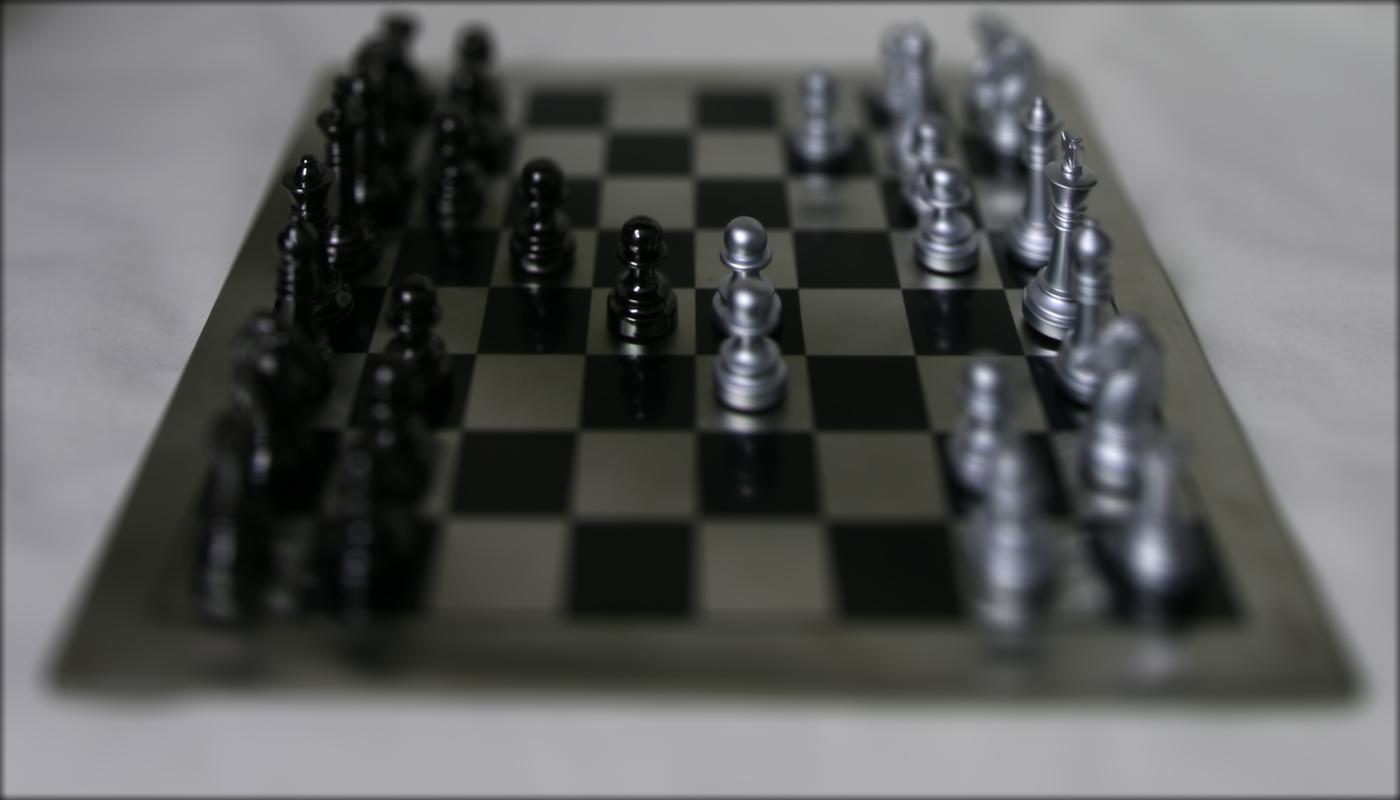
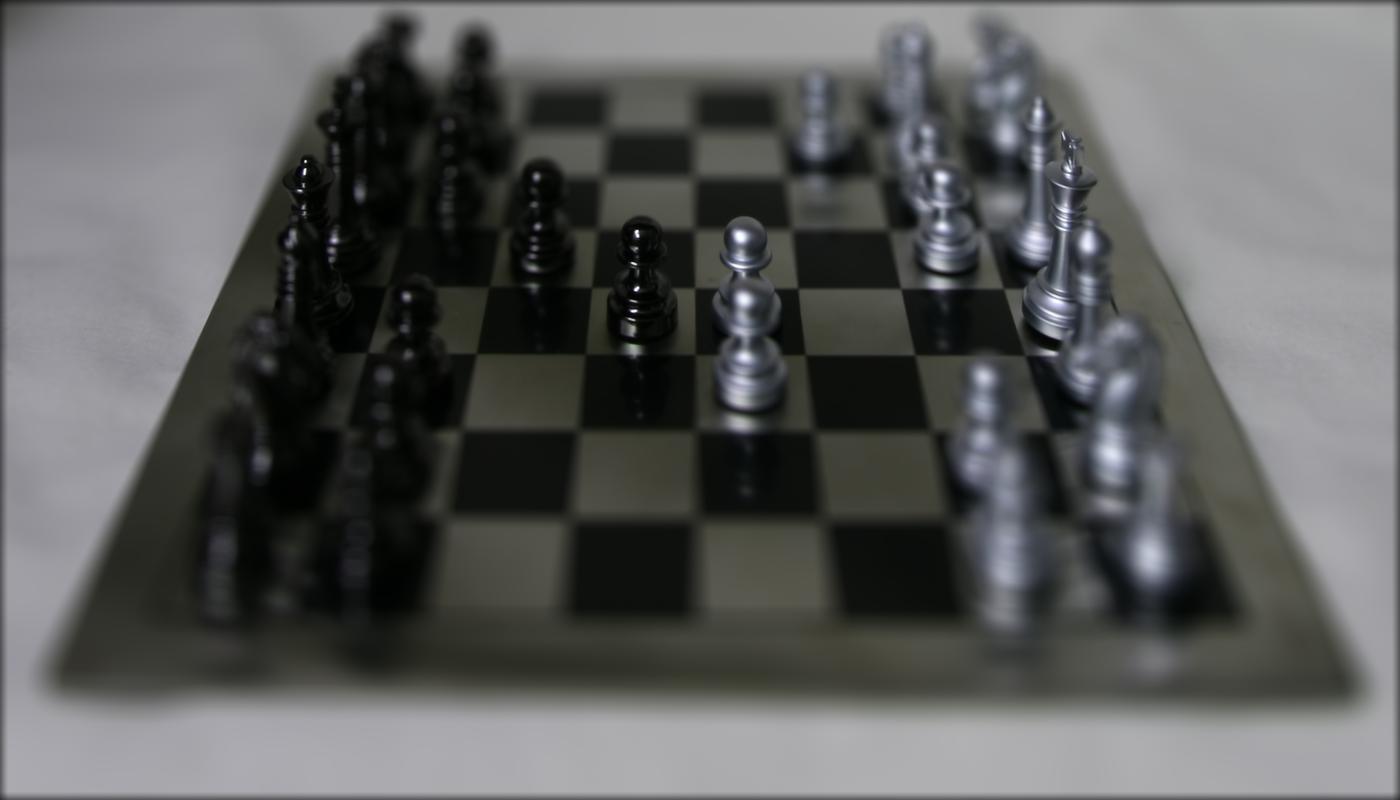
Summary
I learned about how what special properties a light field captures, which is primarily a representation of the position points on a target relative to a grid. It almost captures a 3D view of the target but only within a certain degree. This project really helped me understand the concepts behind a light field in a practical way.